
British born curator Andrew Bolton says he “felt like a fraud” accepting the Vilcek prize, which puts a spotlight on immigrant contributions to the United States in the arts and sciences. “I’ve always felt that New York is the most accepting city in the world—a truly multi-cultural town. I appreciate the optimistic, can-do mindset of New Yorkers—and Americans in general. I’ve felt at home from the moment I arrived in 2002, so I feel a bit strange to think of myself as an immigrant,” he laughs. “I always feel more like an outsider when I return to England,” he says.
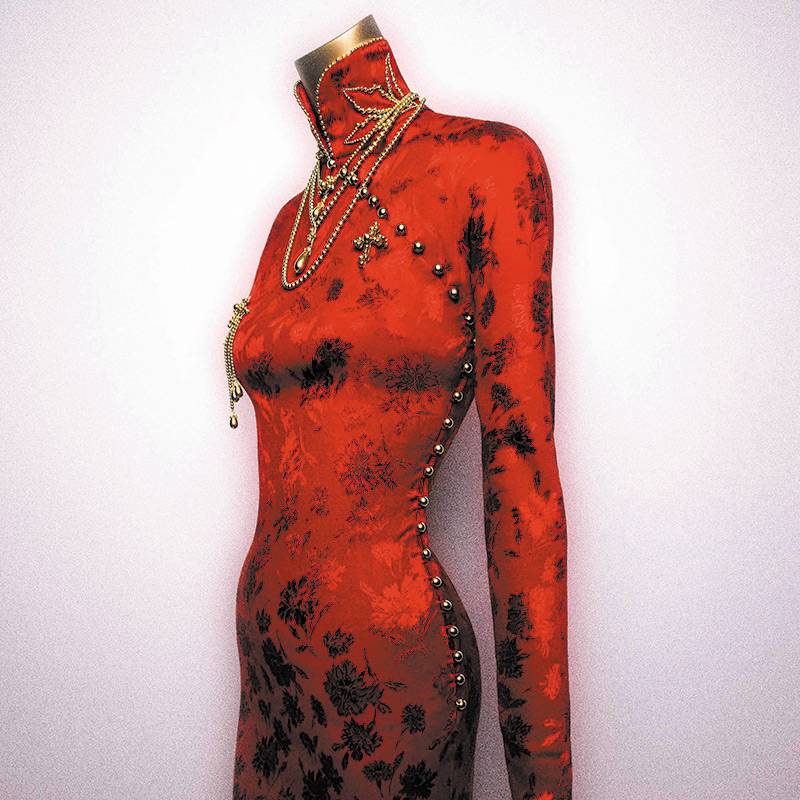
It’s no wonder he feels like a born-and-bred New Yorker— for the last 12 years, his Costume Institute exhibitions— part of the behemoth institution, The Metropolitan Museum of Art—have been game-changers for both the museum and for attendees. He has deftly elevated fashion to an art form with exhibitions like 2008’s Superheros and 2013’s Punk: Chaos to Couture, but not the kind of art that sits quietly on a dusty pedestal. The shows are dynamic and awe-inspiring, and people simply can’t wait to see what the next show will bring. Case in point, Alexander McQueen: Savage Beauty—who can forget nightly news images of people lining the MET stairway in the early morning hours to get a last glimpse of the exhibit? Word of mouth made that show a New York event—it was a galvanizing moment for New York, and crossed cultural borders. Fashionistas as well as city policeman were talking about Alexander McQueen, and Bolton was at the very apex of this defining time. The current China Through The Looking Glass exhibition explores the impact of China on western dress and has all the markings of another blockbuster.
“Our shows usually take a year to produce, but this one took two because of its ambitious nature,” he says of the China exhibit. Andrew speaks in plurals showing a reluctance to take sole credit for his museum work. He laughs easily and has a relaxed manner. “I had a huge team who worked with me, “ he confides and then makes clear, “we collaborated with many departments at the MET— curatorial, research, photography and European sculptures, to name a few. We are quite lucky to work with outside consultants such as Nathan Crowley, the exhibition production designer, and Wong Kar Wai, the artistic director this year.”
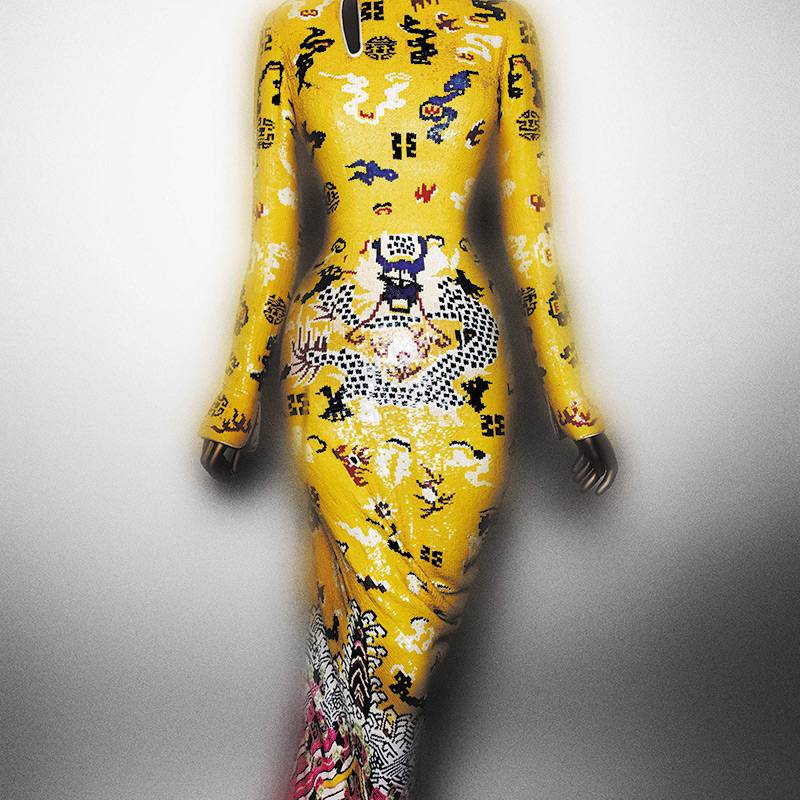
As far as obtaining looks from the fashion world, designers happily turn over their artful creations to Bolton’s able curatorial hands. What fashion designer wouldn’t want their work immortalized under his direction and given a sociological slant?
“I always start with the objects first,” he says when asked about the process for creating the China show. “I believe every piece, every ensemble has a story to tell. It’s the objects that tell the narrative,” he reiterates. “Part of my role as a curator is to make relationships with other forms of art.” To that end he juxtaposed a blue and white export porcelain jar with a Roberto Cavalli evening gown with a similar pattern. A bumblebee yellow sequined Tom Ford for Yves Saint Laurent from 2004 was set against a Chinese court robe from the 18th Century. “Chinoiserie is a broad subject to tackle with references reaching back to the mid 18th Century,” he says. For that reason the sprawling exhibition covers 30,000 square feet of prime museum real estate and contains 140 garments to view. It’s currently open for viewing through August 16th.

Bolton is well versed in fashion—albeit his life partner, Thom Browne, is the one of the most creative American designers of our time with theatrical shows more of the sort seen in Europe— though below the surface he holds onto some of the same ideas that his work tries to dispel. When in the presence of a roomful of scientists for the Vilcek awards ceremony, he feels they tower over his discipline in importance. “Accepting the Vilcek fashion prize was absolutely incredible in a way I had not anticipated,” he says about the night he was presented the award by Condé Nast’s artistic director and Vogue Editor-In-Chief Anna Wintour. “I was in the room with these extraordinary minds,” he reveals about the science and biomedical winners. “They were so accepting of fashion as an art form and every one of them commented about fashion in their speeches. It was a humbling experience being in the presence of these scientific giants,” he muses. “The award has given me a new focus on fashion and what I do at the Costume Institute.” The Vilcek Foundation has given prizes in the categories of art and science, however, Bolton is the first winner in fashion under the larger umbrella of the arts.
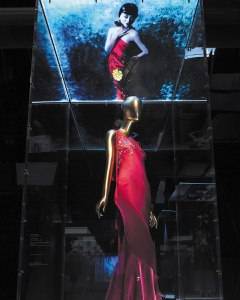
Evening dress, John Galliano for House of Dior, autumn/winter 1998–99 haute couture; Courtesy of Christian Dior Couture, photo courtesy pf the Metropolitan Museum of Art
His interest in the disparate worlds of art and science is not without its roots—those worlds collided when he accepted a position at London’s Victoria & Albert Museum (a decorative arts museum) after studying anthropology at The University of East Anglia and receiving a master’s degree in non-western art. At age 35, he came to New York in 2002 to accept the curatorial position at the venerable New York institution.
Awards and exhibitions do not complete the picture of this smart, funny and humble Englishman. When asked about his summer, he let down his curatorial mask and said, “oh-my-god, I LOVE the Hamptons! I haven’t been there the last two summers because of my travels to China and Hong Kong. [Thom and] I just got a miniature wire-haired dachshund, which we named Hector,” he says with a laugh, and continues, “I would love to take him for a walk on the beach this summer. The light is so beautiful in the Hamptons—it reminds me of Norfolk [in England], where artists gather to paint in the exquisite light. Oddly enough I like it even more in the winter when I can walk on a completely empty beach,” he muses. “It’s so peaceful.”
When asked to reveal the subject for next year’s Costume Institute exhibit, he politely dismisses the subject. “I have a germination of an idea, but I am not able to talk about it yet.” He then lets on, “When you read about fashion in Edith Wharton and Henry James novels, they both use sounds to describe fashion rather than descriptions of the actual clothing. I’ve always wanted to do the ‘sensual sounds of fashion through literary references,’ he says—“the rustle and bustle of fashion,” he adds, laughing. “But this idea is for the future,” he makes clear. The nascent concept expresses Mr. Bolton’s forward-thinking devotion to presenting fashion in a way that redefines it. He may not reveal next year’s curatorial theme, but it will likely incorporate a renewed and refreshed appreciation for fashion as an art form brought about by his encounters with the scientific minds at the Vilcek award ceremony.
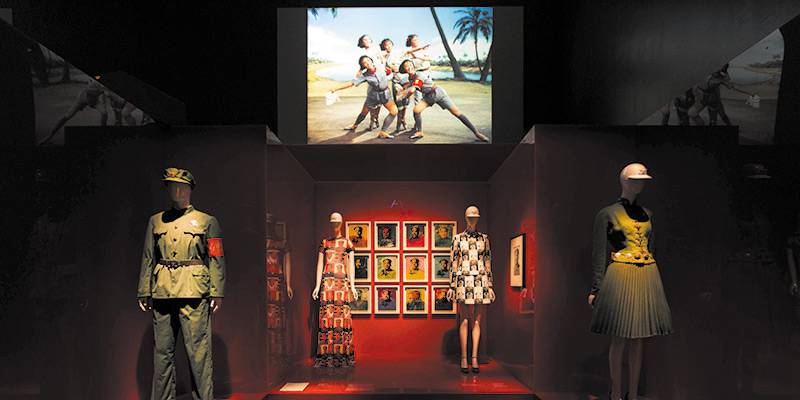
SIDEBAR: Woman of Strength
Marica Vilcek’s foundation aims to shed light on the contributions of immigrants.
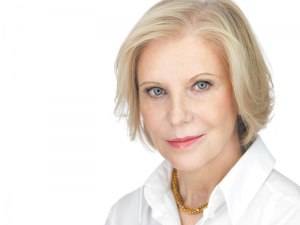
“I remember how hard the communists tried to get all women to wear the same type of skirt or scarf for their heads. Socialism convinced me you can’t take individuality from people,” Marica Vilcek reveals. “No matter how hard the government tried, it could not suppress feelings of individuality and the desire to express oneself in a manner of dress,” she continues.
Marica Vilcek is well aware of government suppression. Fifty years ago she left her home, the former country of Czechoslovakia (now Slovakia), for America. She fled along with her husband, Jan T. Vicek, who is now a professor of microbiology at New York University’s School of Medicine. Vilcek is an art historian and co-founder of the Vilcek Foundation and award, which seeks to raise awareness of immigrant contributions to the arts, sciences, and culture of the United States. She is very pleased that Andrew Bolton, curator of The Costume Institute at Metropolitan Museum of Art, won the Vilcek prize for fashion this year. “Andrew connects fashion with society at large and he’s transformed the museum with his blockbuster exhibitions,” she states. Although foundation members do not vote on the candidates, Marica’s great love for the Metropolitan Museum of Art is rooted in her art history background and 32 years of working at the institution. She has seen the museum metamorphose from a quiet intellectual haven to a vital community spot brimming with people and excitement in part due to Andrew Bolton’s yearly Costume Institute extravaganzas, that delve deeply into the cultural resonance of fashion.
“When we arrived in the United States, we made every effort to learn the language and be assimilated into this country,” she elaborates. “Somehow when you are an immigrant, you disappear. Negative things are heard about immigrants, how they try to take from the country. We wanted to shed light on the contributions that immigrants have made to the United States,” she says.
This year marks the 10th anniversary of the Vilcek prizes in the Arts and Biomedical Science that has given out over two million dollars in cash awards. The foundation also made over three million dollars in grants to non-profits since its inception in 2000. Each year the foundation focuses on a different discipline within the arts umbrella. Past recipients of the yearly prize are Yo-Yo Ma for contemporary music, Mikhail Baryshnikov for dance and Charles Simic for literature.




















